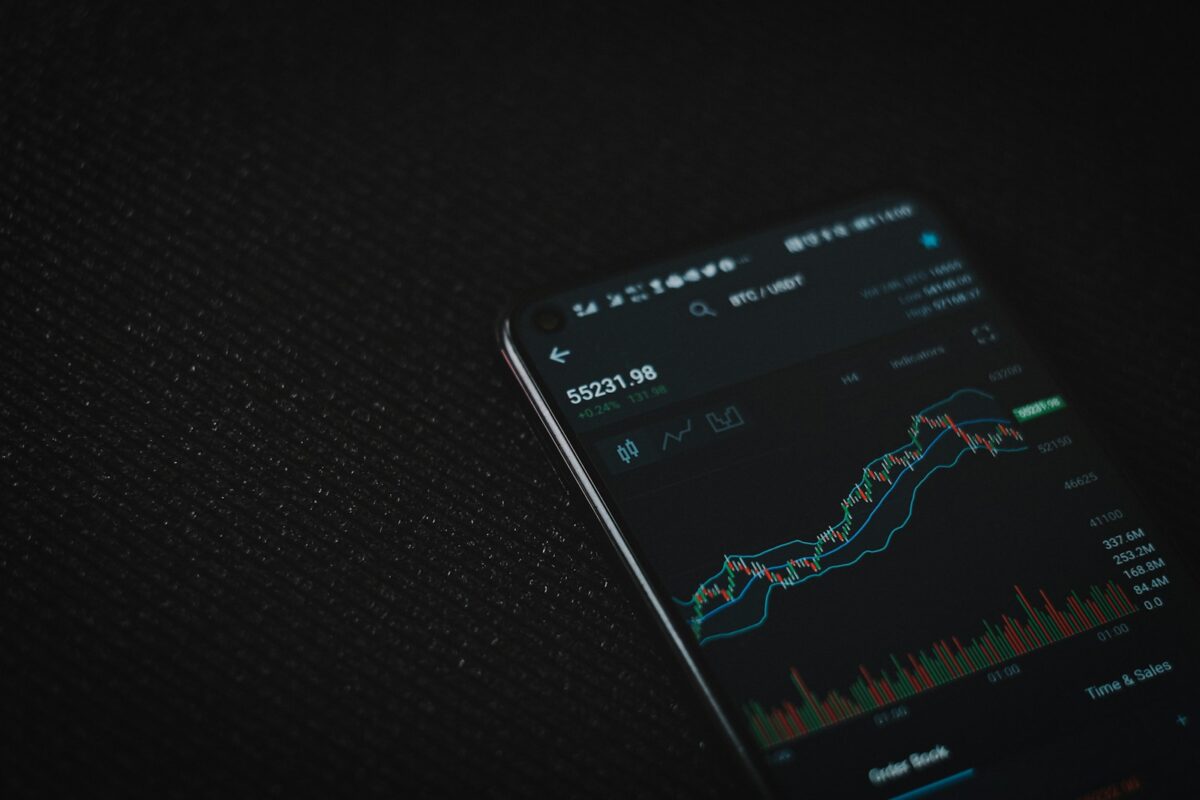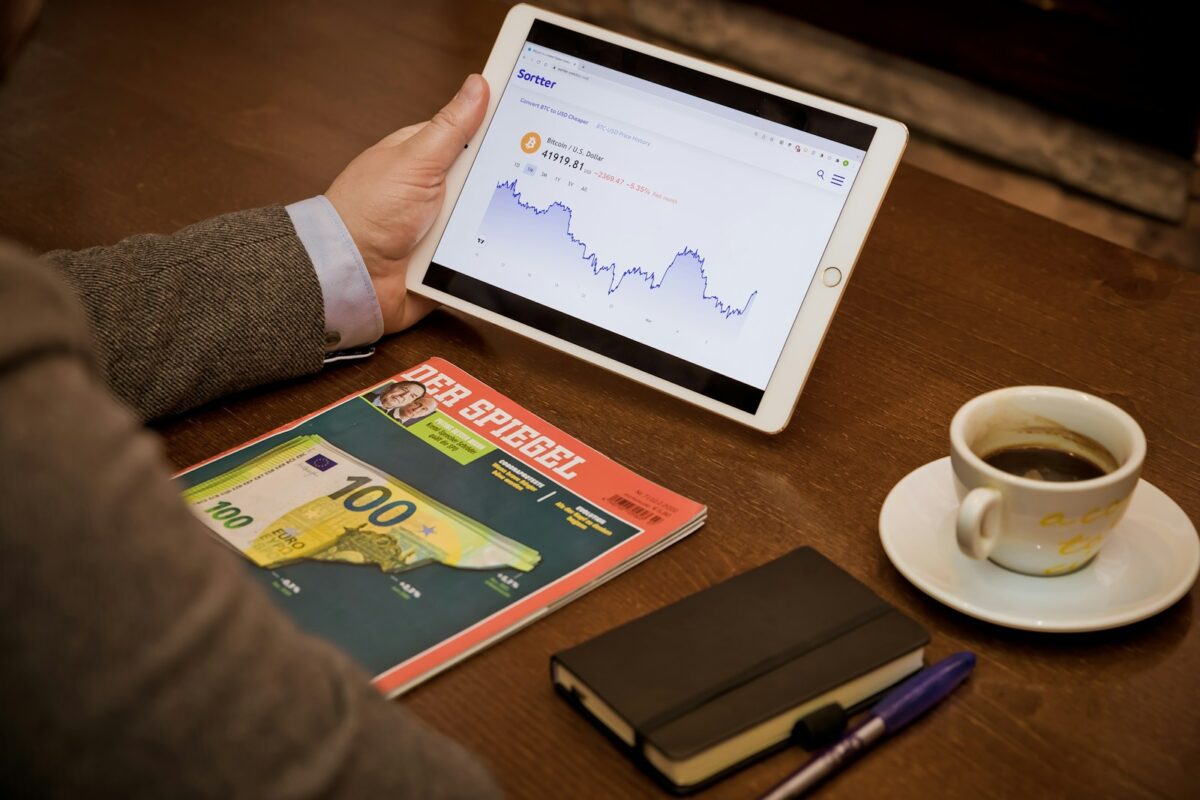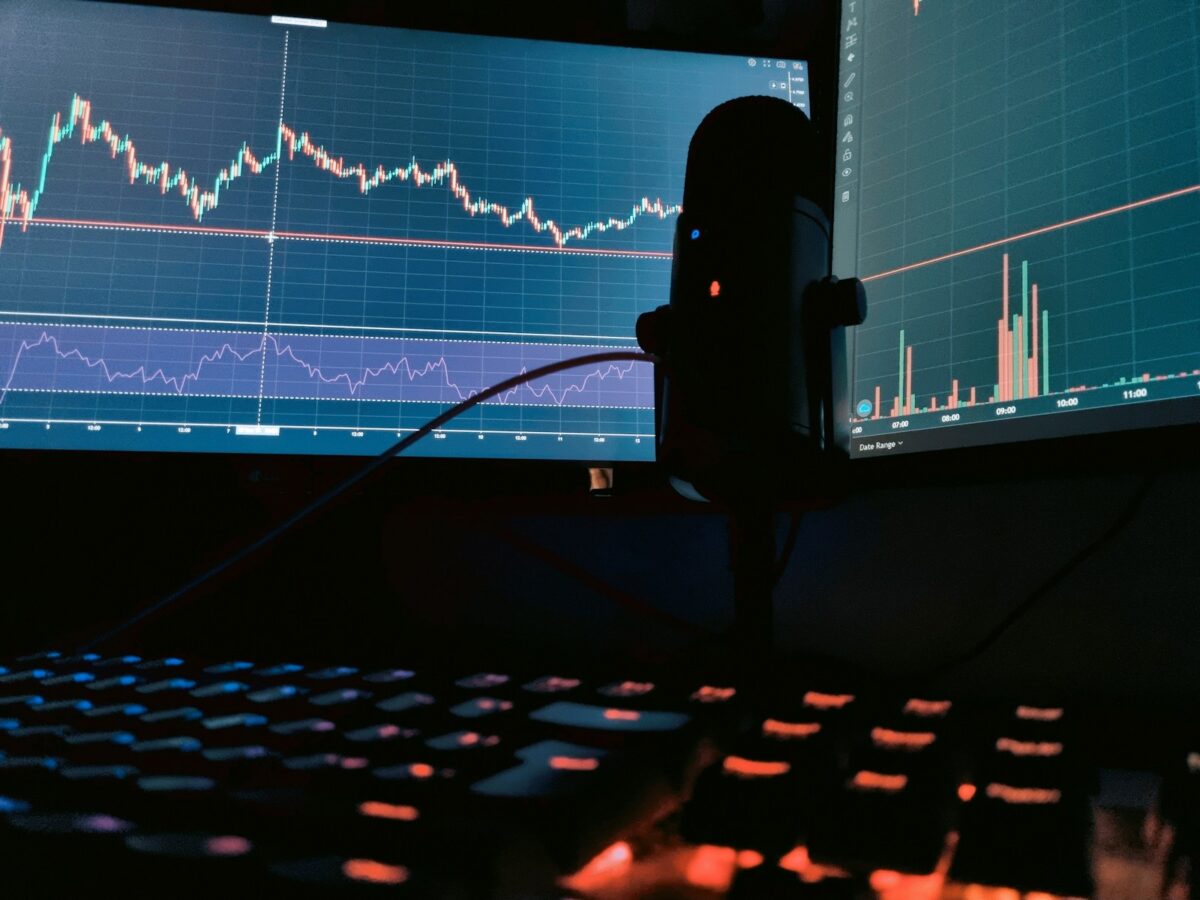
Avoiding leverage risks

Maintaining strict capital control is the most effective strategy to prevent significant losses from margin positions. By allocating only a small portion of total funds to leveraged trades, traders reduce exposure and limit potential liquidation events triggered by market volatility.
Implementing robust risk management frameworks involves setting predefined stop-loss orders and adjusting position sizes according to volatility metrics. This approach enhances protection against sudden adverse price movements that can quickly erode margin and lead to forced closures.
Continuous monitoring of margin requirements ensures sufficient buffer is maintained between used capital and available collateral. Frequent recalculation of maintenance margins helps avoid unexpected liquidations resulting from rapid market shifts or slippage during order execution.
Diversification across uncorrelated assets lowers systemic exposure inherent in concentrated leveraged portfolios. Spreading capital over multiple instruments reduces the likelihood that a single adverse event will deplete margin reserves, thereby preserving overall account health.
Leveraging technology-driven alerts and automation empowers traders to respond promptly to deteriorating conditions. Automated triggers for reducing leverage or exiting positions provide an additional layer of protection beyond manual oversight, minimizing human error under stress.
Safe Trading: Strategies for Mitigating Exposure to Borrowed Funds in Cryptocurrency Markets
Effective capital management stands at the core of reducing exposure when engaging with borrowed assets in trading environments. Maintaining an appropriate ratio between owned funds and borrowed capital limits potential liquidation events triggered by adverse price movements. Traders should systematically calculate position sizes based on their total portfolio to prevent overextension, which often leads to forced closures at unfavorable prices.
Risk assessment protocols must incorporate volatility metrics specific to cryptocurrency markets, given their heightened price fluctuations compared to traditional assets. Utilizing tools such as stop-loss orders and dynamic margin adjustments serves as a technical barrier against severe drawdowns. These mechanisms offer protection by automatically closing positions before losses exceed predetermined thresholds, preserving remaining capital for future opportunities.
Education as a Pillar of Responsible Borrowed Asset Trading
A thorough understanding of how borrowed capital affects position dynamics is critical for informed decision-making. For instance, employing high multiples of borrowed funds amplifies both gains and losses, but also accelerates the approach to liquidation thresholds. Case studies demonstrate that traders without sufficient knowledge about margin calls often suffer disproportionate losses during sudden market downturns.
Practical learning approaches include simulating trades with varying degrees of borrowed resources and analyzing the impact on equity curves under different market scenarios. This experimental method enhances cognitive retention and sharpens strategic planning skills, enabling traders to anticipate liquidation risks more accurately and adjust their strategies accordingly.
- Capital preservation: Prioritize retaining principal amounts over maximizing short-term profits.
- Incremental exposure: Gradually increase borrowed asset usage while monitoring performance metrics closely.
- Diversified instruments: Spread positions across multiple cryptocurrencies to diffuse localized price shocks.
Advanced risk management frameworks integrate real-time data feeds with algorithmic alerts that notify users when margin levels approach critical points. These systems exemplify how technology can enhance protection by enabling proactive adjustments before forced liquidations occur, thus maintaining portfolio integrity amid volatile conditions.
The table illustrates how increasing multiples of borrowed funds reduce allowable margin buffers, compressing the distance between entry and liquidation prices. This compression demands meticulous monitoring and swift reaction capabilities from traders aiming to sustain long-term operational viability within cryptocurrency markets.
Setting Appropriate Leverage Limits
Establishing proper leverage caps is fundamental to safeguarding capital and minimizing exposure in margin trading environments. Excessive use of borrowed funds can rapidly amplify losses, triggering forced liquidation events that erode both initial deposits and potential future gains. Quantitative analysis demonstrates that maintaining leverage ratios within conservative thresholds–often between 3x and 5x depending on asset volatility–significantly reduces the probability of margin calls.
Risk management frameworks must integrate dynamic leverage limits tailored to market conditions and trader profiles. For instance, during periods of elevated volatility, lowering maximum allowed leverage enhances protection against abrupt price swings. Conversely, stable markets may permit moderately increased margins without compromising portfolio integrity. This adaptive approach aligns with empirical findings from blockchain-based derivatives platforms where static high leverage correlated strongly with user insolvencies.
Technical Foundations and Case Studies
The mechanics of margin trading require understanding how collateral interacts with borrowed capital to determine liquidation thresholds. Consider a trader using 10x borrowed funds; a mere 10% adverse price movement completely wipes out their equity, leading to automatic position closure by exchanges. In contrast, a 2x leverage position tolerates up to a 50% unfavorable shift before liquidation occurs, offering substantial breathing room for strategic adjustments.
A detailed review of historical data from cryptocurrency futures markets reveals that accounts employing leverage above 7x experienced a fivefold increase in forced liquidations compared to those restricted below 4x. Such statistics underscore the necessity of establishing limits grounded in statistical volatility measures and individual account risk tolerance levels rather than arbitrary maxima.
Protection mechanisms embedded within smart contracts also contribute valuable insights into setting constraints. Protocols utilizing tiered margin requirements adjust collateral demands based on real-time risk indicators like volatility indices or open interest spikes. Deploying similar algorithmic risk controls can enhance capital preservation by preemptively curtailing excessive borrowing before critical liquidation points are reached.
Practical experimentation with simulated portfolios illustrates how staggered leverage limits improve long-term survivability under varying market regimes. For example, configuring incremental step-downs in allowable margin as drawdowns deepen encourages disciplined position scaling down instead of catastrophic exposure persistence. This method fosters resilience through structured capital management rather than reactionary interventions post-losses.
Managing Margin Calls Proactively
Effective management of margin calls begins with continuous monitoring of capital allocation against market fluctuations. Traders must establish predefined thresholds for margin levels that trigger alerts well before reaching critical points prone to forced liquidation. By integrating automated notification systems linked to real-time price feeds, it becomes possible to act swiftly, injecting additional capital or adjusting positions to sustain adequate collateral. This practice diminishes exposure and safeguards assets from abrupt liquidation events caused by insufficient margin coverage.
Analyzing historical trading data reveals patterns in volatility that can inform more precise margin requirements tailored to specific asset classes or trading strategies. For example, during periods of heightened market turbulence, maintaining a higher maintenance margin buffer protects portfolios from rapid drawdowns. Applying dynamic margin adjustments based on predictive models enhances protection mechanisms and reduces the probability of unexpected margin calls disrupting trading operations.
Technical Approaches to Margin Call Management
Implementing layered risk management protocols involves diversifying capital deployment across multiple instruments with varying sensitivity to price swings. Employing hedging techniques such as options or futures contracts can offset potential losses within leveraged positions, effectively lowering overall exposure. Additionally, position sizing algorithms calibrated by volatility indicators like Average True Range (ATR) assist in setting limits that prevent overextension beyond manageable thresholds.
Case studies from blockchain-based decentralized exchanges demonstrate the efficacy of smart contract-enforced margin rules that automatically adjust leverage ratios based on liquidity pool health and asset price trends. Such autonomous systems provide continuous protection by liquidating only the necessary portion of a position, preserving residual capital and reducing systemic shocks in volatile markets. This innovative approach illustrates how integrating technical solutions with prudent capital management significantly enhances resilience against adverse movements requiring urgent margin replenishment.
Implementing Stop-Loss Orders
Setting stop-loss orders is a fundamental strategy to mitigate potential losses during trading, especially when operating with margin and amplified positions. By defining a pre-set exit point, traders can effectively limit their exposure to unfavorable price movements that might otherwise lead to forced liquidation of capital.
Stop-loss orders function as automatic triggers that close a position once the asset’s price reaches a certain threshold. This mechanism plays a critical role in risk management by preventing emotional decision-making under volatile market conditions. For example, in cryptocurrency markets where prices can swing rapidly, using stop-losses helps preserve remaining equity and avoid cascading losses.
Key Technical Considerations for Stop-Loss Implementation
Margin trading amplifies both profits and potential downsides due to borrowed funds. When utilizing borrowed capital, precise calibration of stop-loss levels becomes essential to avoid premature liquidations. Traders need to analyze historical volatility and average true range (ATR) metrics to set stop-loss distances that balance risk tolerance with market noise.
Case studies in blockchain asset trading reveal that overly tight stop-loss placements often result in frequent exits, eroding overall returns through repeated transaction fees and missed rebounds. Conversely, excessively wide stops increase capital vulnerability during adverse moves. An adaptive approach incorporates dynamic adjustment based on real-time volatility indicators or trailing mechanisms that follow upward trends.
A comprehensive education on order types–including market, limit, and conditional orders–enables more sophisticated application of stop-loss strategies within decentralized exchanges (DEXs) or centralized platforms. Layering stop-limit orders can provide additional control over slippage and execution price gaps typical in low-liquidity environments.
Effective capital preservation demands integrating stop-loss usage into broader portfolio management frameworks. This includes stress testing positions against leverage-induced drawdowns and calculating maximum acceptable loss per trade relative to total investment size. Algorithms simulating liquidation thresholds under various scenarios assist traders in refining exit points without compromising long-term growth objectives.
Evaluating Broker Risk Policies: A Strategic Conclusion
Prioritize brokers with transparent liquidation frameworks and robust margin requirements to safeguard capital against unexpected volatility. Detailed scrutiny of protection mechanisms reveals their capacity to minimize forced position closures, preserving investor equity during market stress.
Comprehensive education on the broker’s risk management tools enhances decision-making precision, allowing traders to calibrate exposure effectively without overextending commitments. This knowledge empowers participants to balance opportunity and safety within acceptable thresholds.
Key Insights and Future Directions
- Capital preservation hinges on dynamic margin models that adjust in real time based on asset volatility and portfolio composition, reducing abrupt liquidations.
- Automated risk controls, such as tiered stop-out levels and incremental margin calls, provide layered defense against rapid downside movements, enabling smoother position adjustments.
- Broker transparency about internal algorithms for position monitoring fosters greater trust and allows users to anticipate margin requirements before critical events unfold.
- Educational initiatives that clarify complex concepts like cross-margin versus isolated margin support more nuanced risk calibration aligned with individual capital constraints.
- The evolution of decentralized finance protocols may introduce hybrid models where smart contract-enforced protections coexist with traditional broker safeguards, creating innovative avenues for exposure management.
The trajectory of broker policies points toward integrated solutions combining sophisticated risk analytics with user-centric educational platforms. Such synergy will cultivate a market environment where strategic exposure is balanced by enhanced protection measures, mitigating precipitous losses without stifling trading agility. Continuous exploration of adaptive margin strategies remains vital for those seeking long-term resilience amid shifting market dynamics.


